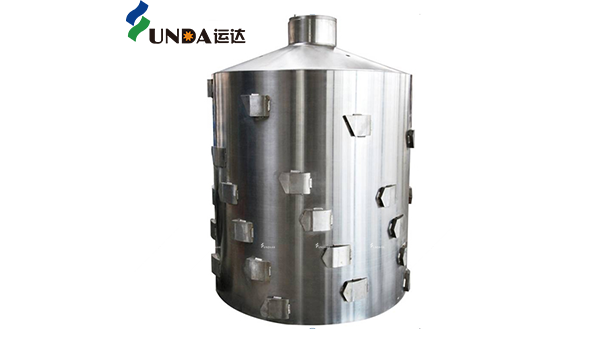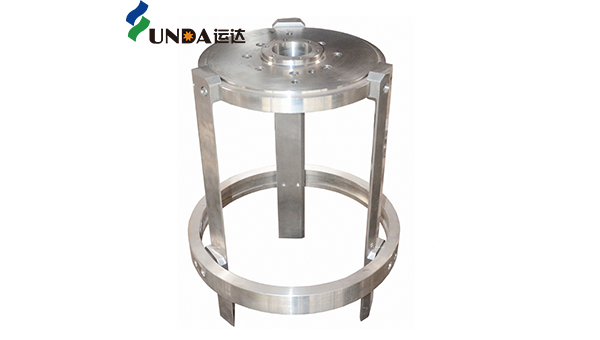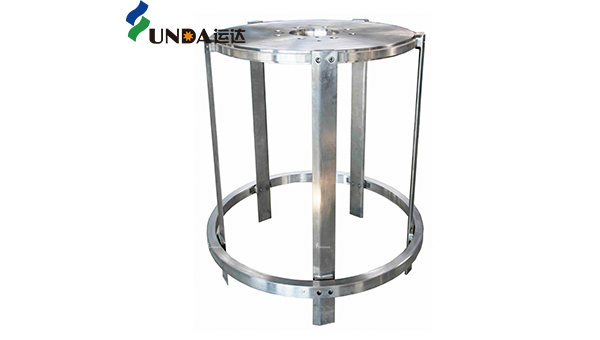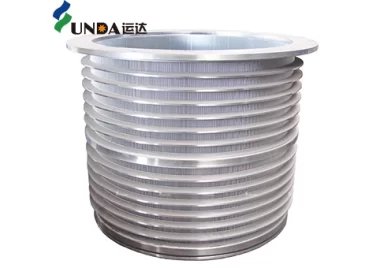The pressure screen rotor plays a crucial role in the pulp screening process.
The various pressure screen rotors designed by Yunda Innovative Technology can effectively enhance the screening and filtration efficiency of fibers and impurities in pulp. Founded in 1981, Yunda has served the pulp and paper industry for 44 years and is a leading supplier of screening systems in the industry. Therefore, we can provide advanced technology and support for all screening applications.
We supply various types of pressure screen rotors applied to different pulps and operating conditions. Our designs can be optimized according to process requirements to meet customer demands for output and quality.
Medium Consistency Screen Rotor ( Mid consistency pressure screen rotor )

Internal Flow Screen Rotor ( Inflow pressure screen rotor )


Advantages of Yunda Screen Rotors:
- Yunda utilizes high-standard raw material procurement, rigorous quality inspections, and high manufacturing standards. By using wear-resistant stainless steel materials, we can increase the rotor's lifespan and durability, particularly when handling high-hardness or heavily worn pulp. This significantly enhances usage time, reduces maintenance and replacement costs compared to low-cost steel or aluminum materials.
- The design of different blades affects the rotor's efficiency, energy consumption, processing capacity, and adaptability. The Yunda Intelligent Equipment Research Institute combines modern high-tech design and research. The carefully designed blade shape, number, angle, as well as wave and fin designs, can significantly improve pulse suction and fluid flow. For instance, vortex blades can generate micro-vortex fluid action more effectively, increasing the suction pulse, thereby enhancing screening efficiency, especially during the processing of high-consistency pulp.
- With the optimized design of the rotor, pulp liquid flow can be promoted, accelerating its passage through the screen, and separating impurities and undesirable fibers. This enhances screening efficiency, increases screening capacity, reduces energy consumption, and thereby improves overall production efficiency. Additionally, it improves pulp quality by separating out impurities and undesirable fibers.

